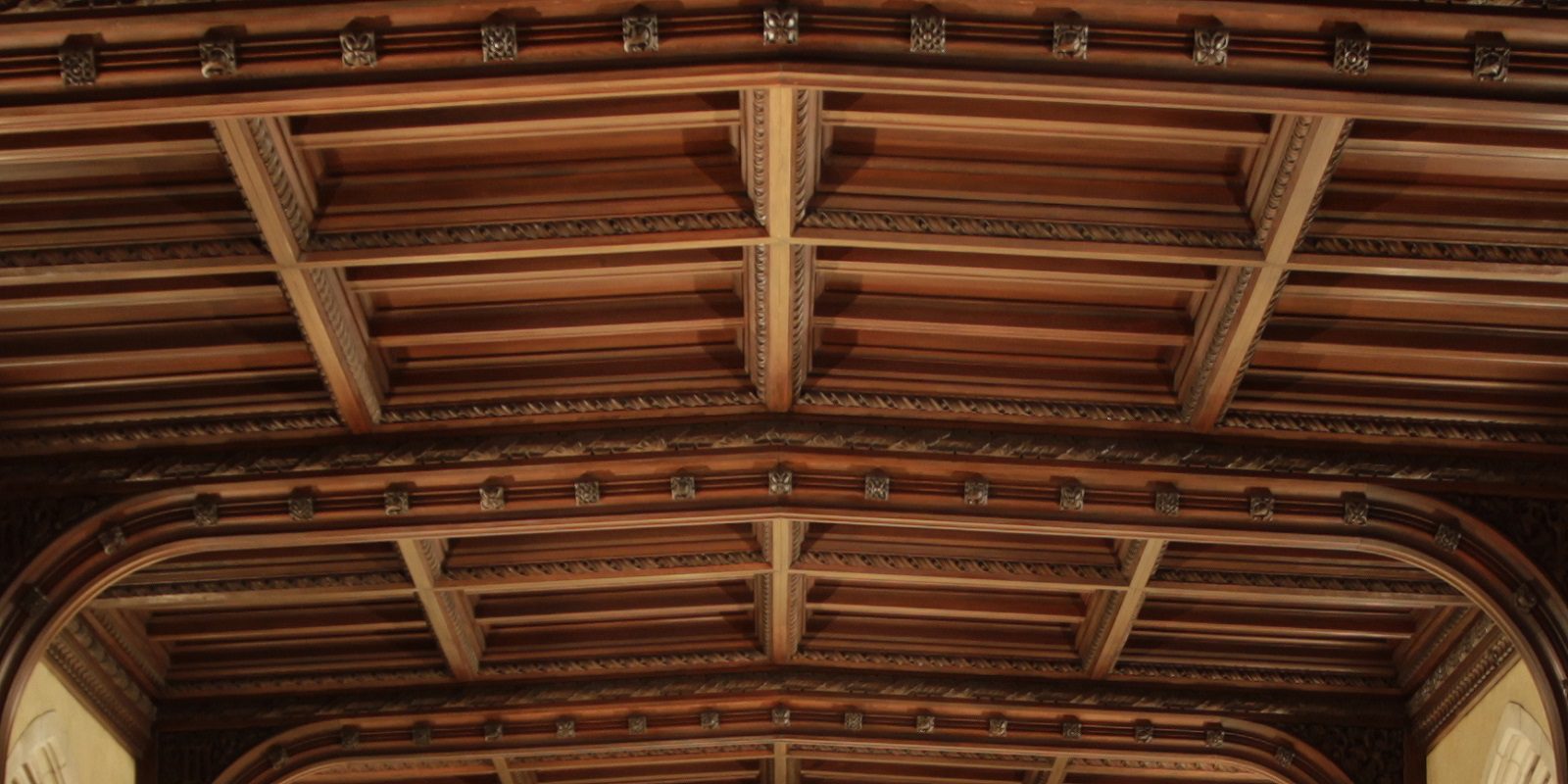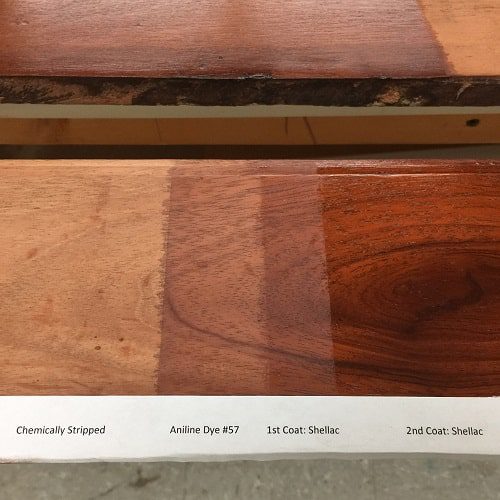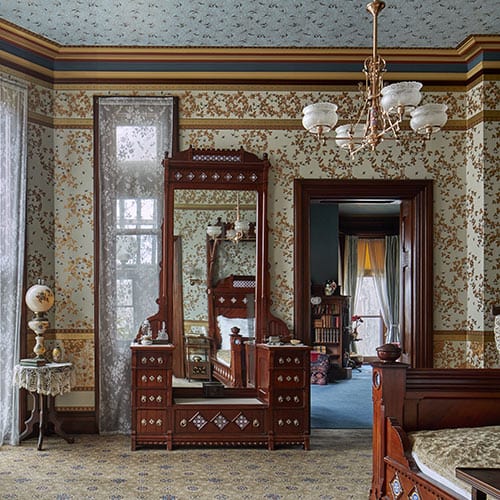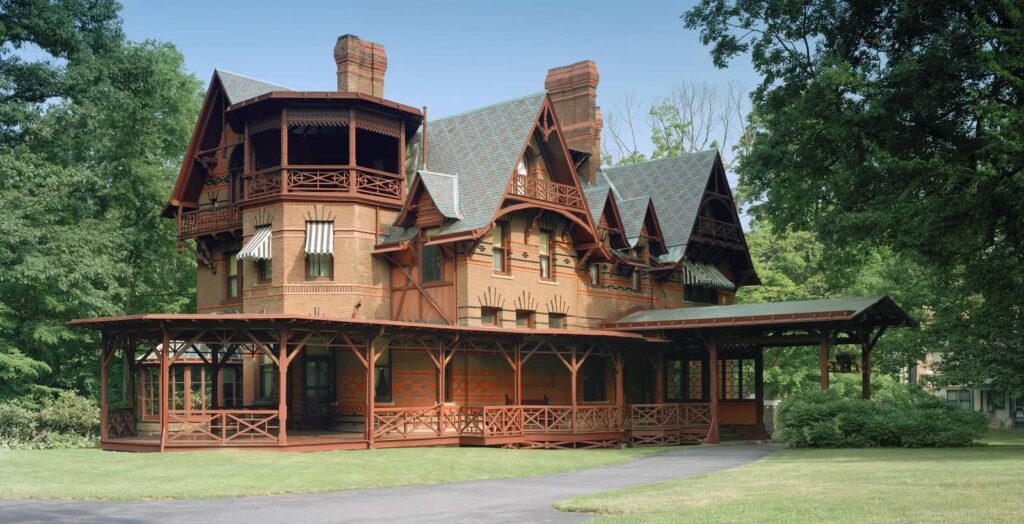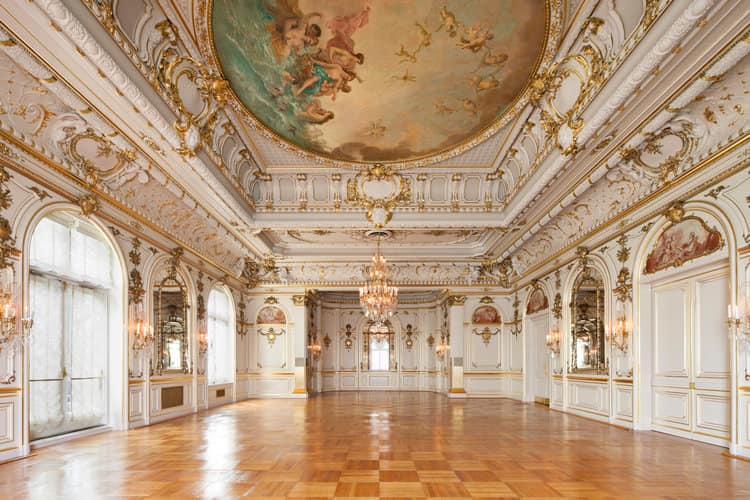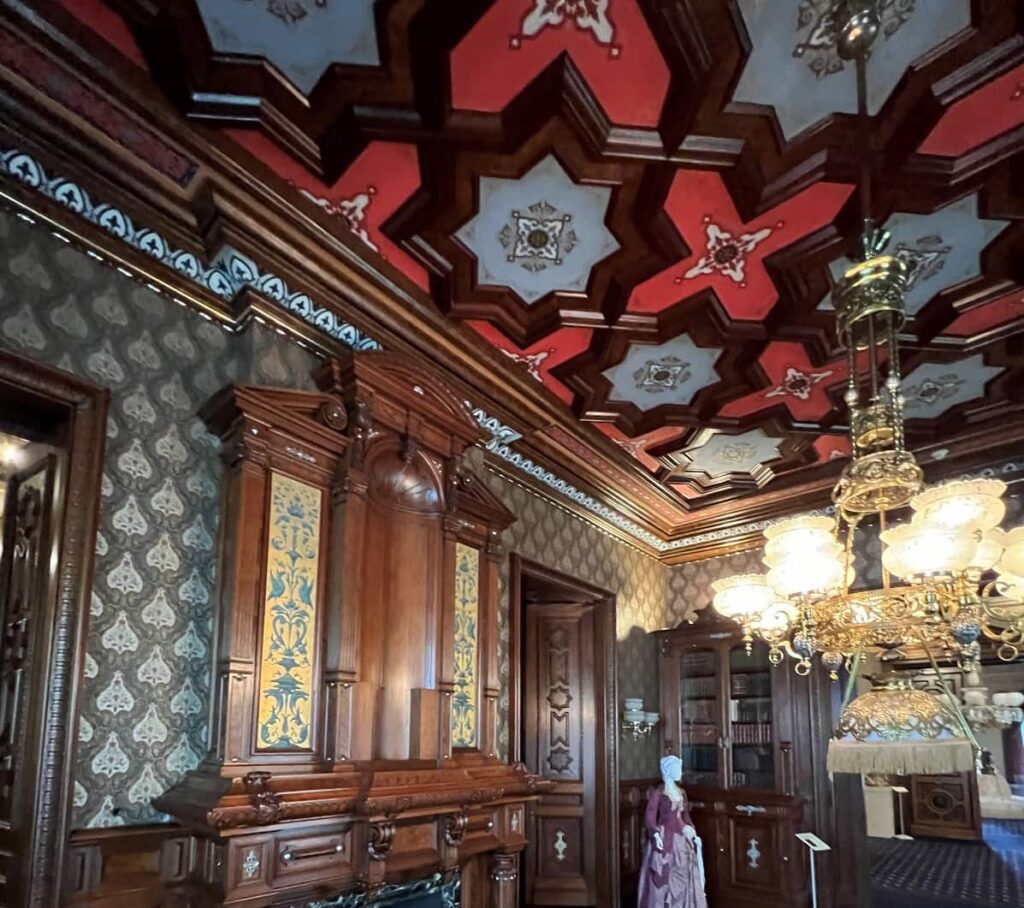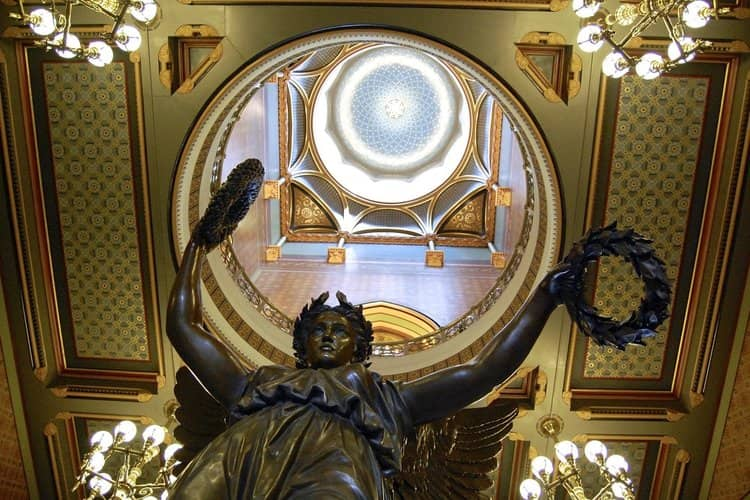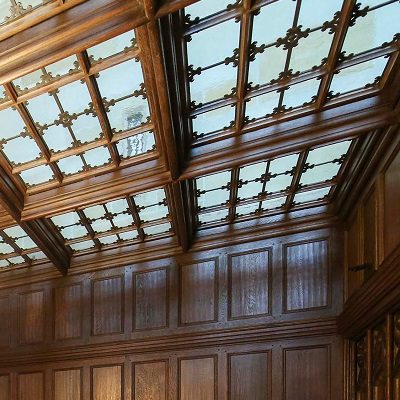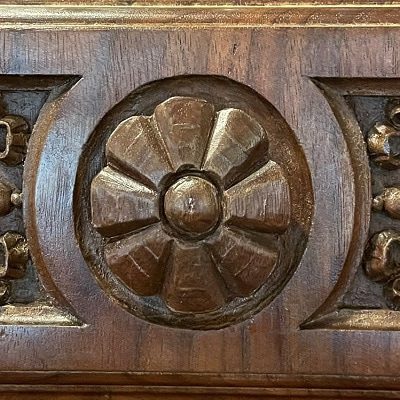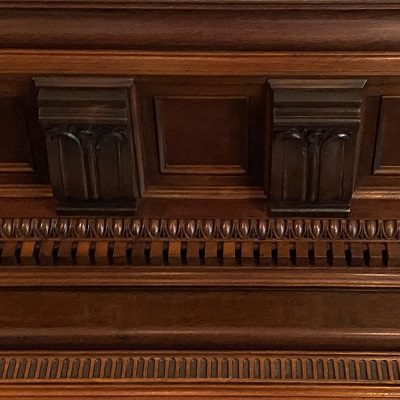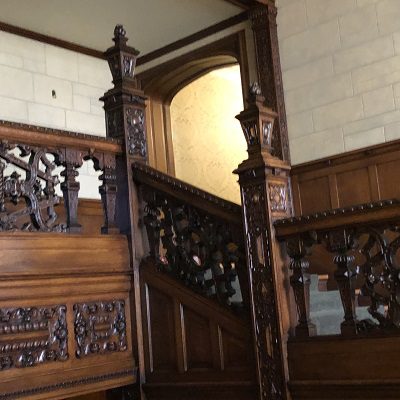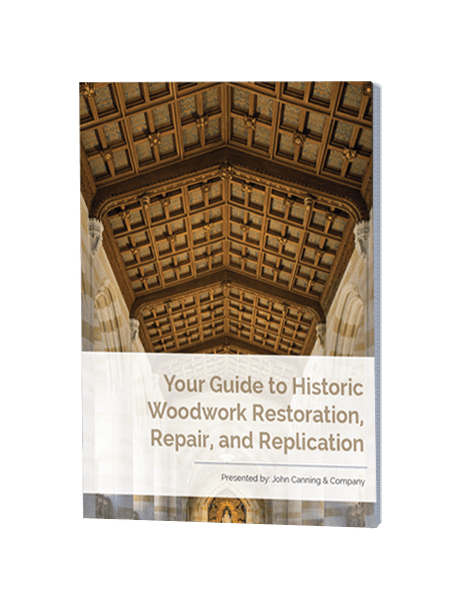Woodwork is a staple in all architecture, whether it be historic or modern. There are numerous different types of wood and each provides an aesthetic which completes the beauty of a building. However, architectural woodwork can deteriorate, chip, and lose its finish. It is therefore important for wood to be assessed consistently and, when needed, restored to its former appeal. The process of restoring and repairing woodwork is not a simple process. Requiring preparation, expertise, and artistry, there are multiple steps implemented by conservators in a wood restoration. Here are the steps taken by professional contractors to reinstate a building’s woodwork to its original beauty.
Wood Investigation
For any restoration project, thorough research and material investigation need to be performed before any material is altered. There are generally two different ways to research a project, archival research, and material analysis.
1) Archival Research
Whenever you restore wood, especially in historic settings, it is important to not deviate the restored look from the original design. Therefore, to familiarize and understand the type, context, and function of the woodwork, it is important to research any archival records from the building’s original creation. If the building is historic then it is especially important to research the era and style of architecture at the time when the structure was built.
2) Material Analysis
Apart from understanding the context of the building, it is necessary to understand the composition of the woodwork that needs to be repaired or restored. If the analysis is not done then certain types of wood can respond differently to the materials used in a restoration project and can result in a different appearance then intended. It is also important to match the new material to the original. Besides understanding the material’s composition, the analysis should provide the conservator with the right information regarding any problems which need to be addressed. The investigation will allow the contractor to provide the client with the full scope of repair and restoration needed to complete the intended project.
Project Planning
It is important for a contractor to be clear with the owner as to the intended techniques materials, and scope of the project. This is called writing a work specification. Before any actual restoration can commence, the client and contractor need to be in agreement on the project details. For this reason there are some key factors to keep in mind about project planning. If you are an owner looking for a restoration contractor, it is imperative that you are clear about your desired final look. This should help determine cost and the amount of time spent on a project. It is also important that the contractor discusses the intended style of the building so that there is no confusion on how the restored woodwork will look at the end of the project.
1) Mock-Ups
Once the restoration plan is discussed between the owner and contractor, the firm should test its approach by working on a small sample of the wood designated by the client. If the sample is acceptable to the client, then the conservation team can use the mock-up as a template for the actual project.
Wood Finish Mock-Up at the Mark Twain House & Museum
Restoration vs. Repair
Unless desired by the owner, restoration and repair projects never venture past the refurbishment of the original design. Although both restoration and repair deal with the conservation of a building, these two processes utilize different methods in obtaining that end. A restoration is implemented on woodwork that needs to be refurbished but does not need extensive repairs. This process usually involves the removal and re-application of a surface finish or conservation cleaning. A repair is employed to fix more major damages and issues in the building and therefore must alter the original woodwork more radically such as removing and replacing wooden features. However repairs do not try to implement a new style to the building but try to replicate the original aesthetic. Following any necessary repairs, a restoration of the general building is implemented. The extent to which the restoration and repair processes are executed depends on the severity of the issue at hand. While different in approach, these projects are directed towards the same goal: the renewal and refurbishment of the original woodwork while incurring the least amount of change to the original design.
Repair Process
There are multiple processes used by conservators for fixing broken, scratched, or deteriorating wood. Two main examples would be the Dutchman repair and the Faux Bois method.
1) The Dutchman Repair
The Dutchman repair method involves the replacing of a section of damaged wood with a new piece called a Dutchman. This is helpful for more extensive repair needs like replacing molding or larger areas of a damaged wall. The Dutchman which is used to replace the original material should be of the same type of wood so as to create the most seamless transition. After removing the defective section of the wood, a suitable replacement piece is cut to fit the cavity left by the original. Once fitted, the conservation team will then follow the steps of an ordinary restoration process by sanding, priming, and finishing the woodwork.
2) The Faux Bois Method
This painting process can make most materials like glass, plaster, and metal, imitate natural wood. The faux bois method pairs wood and non-wood substrates through painting a woodgrain which matches the true material. Faux bois allows for cheaper substrates to be used in replacement of the more expensive real wood or wood that is hard to obtain. This allows for repairs to be more cost-effective for the owner. Furthermore, if you are working on repairing a historical wooden building, some types of wood used in the original construction might be extinct, forcing the contractor to utilize a different type of wood. Applying a faux finish is a difficult and complicated task, requiring an experienced artist who is knowledgeable of the wood they are imitating. The process is useful either when you are repairing a section of wood with a dissimilar piece or if you are looking to match a material with the overall aesthetic of a wood building.
3) Using Veneers vs. Solid Wood
Using veneers is another cost effective means to repair damaged wood while maintaining the beauty and luxury of a solid wood fixture. Able to be used on furniture and architecture alike, veneers are thin sheets of wood which can be attached and layered to imitate conventional thicker wooden boards. The large diversity of different types of veneer make them perfect candidates for matching original woodwork and they are easy to cut, install, and finish. However, solid wood, when taken care of, is stronger and can last longer than the thinner sheets. Also, if future restoration is needed, solid wood can withstand more scraping and sanding than veneers.
Restoration Process
Once repairs are made and there are no more extensive material changes needed, a restoration process can begin. This process involves the removal of the old finish and a re-coating of the wood to refurbish the material and restore its original aesthetic.
1) Stripping Paint and Varnish from Wood
The first step in this process of restoring woodwork is to remove any of the defective finish from its surface. There are different tools able to be used for this including a hand scraper, and sander (powered or by hand), and chemical solutions. Chemicals are helpful to remove the finish from areas unable to be reached or maneuvered around by hand. However, if they are too acidic they could go farther than removing the varnish and deteriorate the wood. A powered sander is also utilized in many finish removal projects. It is a fast and effect means to expose the surface of the wood. However, because a sander is an abrasive tool, if used improperly it could scratch the wood. It is important to be thorough in your removal of dust and excess particles so the new layer of primer and finish can adhere properly to the wood.
2) Priming the Surface
Before coating the exposed surface with the new varnish, it is necessary to apply a primer to increase the endurance of the woodwork. Different primers can be used depending on the intended use. Oil-based primer is optimal for coating scraped and sanded wood because it acts as a sealer on which a varnish can be applied.
3) Applying the New Finish
After the wood has been scraped, sanded, and primed, it is time to apply a finish to its surface to create the desired look and provide a durable coat. There are multiple different types of surface finishes which give distinct results to your woodwork. Each finish should be utilized depending on the original look of the building. The coat being used to restore the woodwork should match the original finish so as to not alter the design or aesthetic of the building. If the building is historic and dated from around the 18th through the 19th century then you might be dealing with a type of shellac or wax finish. John Canning & Co. worked on restoring the woodwork of the Mark Twain House which was from this period and needed Mohawk Shellac Flakes for a seamless blend between the original and restored areas.
Restored and Finished Historic Wooden Furniture from the Mark Twain House and Museum
If the Building is newer and dated from around the 20th to 21st century then the wood might need a polyurethane coating. There are also penetrating finishes like oil-based coats which are useful for surfaces which get a lot of contact. John Canning & Co. used a penetrating finish called Tung oil to restore the Cosmo Club Ballroom floor.
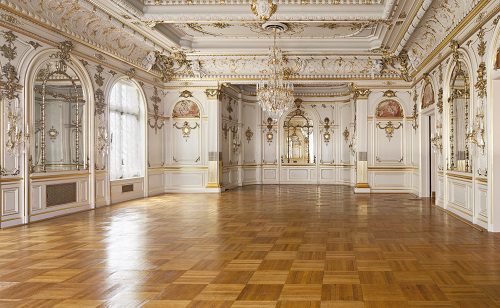
Cosmos Club Ballroom Floor Restored
The process of applying the finish to the surface of the wood is specific to the type used. The surface finishes are often thinner and less durable than their oil-based relatives and therefore require more coats to be administered.
Woodwork Cleaning
When a restoration or repair project is finished, a thorough cleaning of the woodwork surface is necessary to remove the build-up of dirt and dust from the process. These cleaning measures can also be taken by the owner to preserve the woodwork long after the conclusion of the conservation. Regularly cleaning the wood is crucial to maintain the beauty and integrity of the building. It is important to use the right chemicals and tools to clean the woodwork to avoid scratching the surface. Often times, a damp rag should be adequate for a gentle removal of dust and grime. If cleaning solution is needed to target more stubborn dirt, then make sure that the mixture has low acidity. Acid could damage the finish on the wood and expose the material to direct contact with decaying accelerants. If you have any questions about the type of chemical solution you should apply, it is best to reach out to a licensed conservator for a consultation.
Preserving woodwork is a complicated but rewarding endeavor. Keeping the beauty and design of architecture intact is crucial to appreciate the style of different eras and cultures. For any questions regarding the process of woodwork repair and restoration, contact a conservation specialist for a consultation like Canning. For more information on John Canning & Co.’s experience with the repair and restoration of wood, visit our blogs on everything wood.

